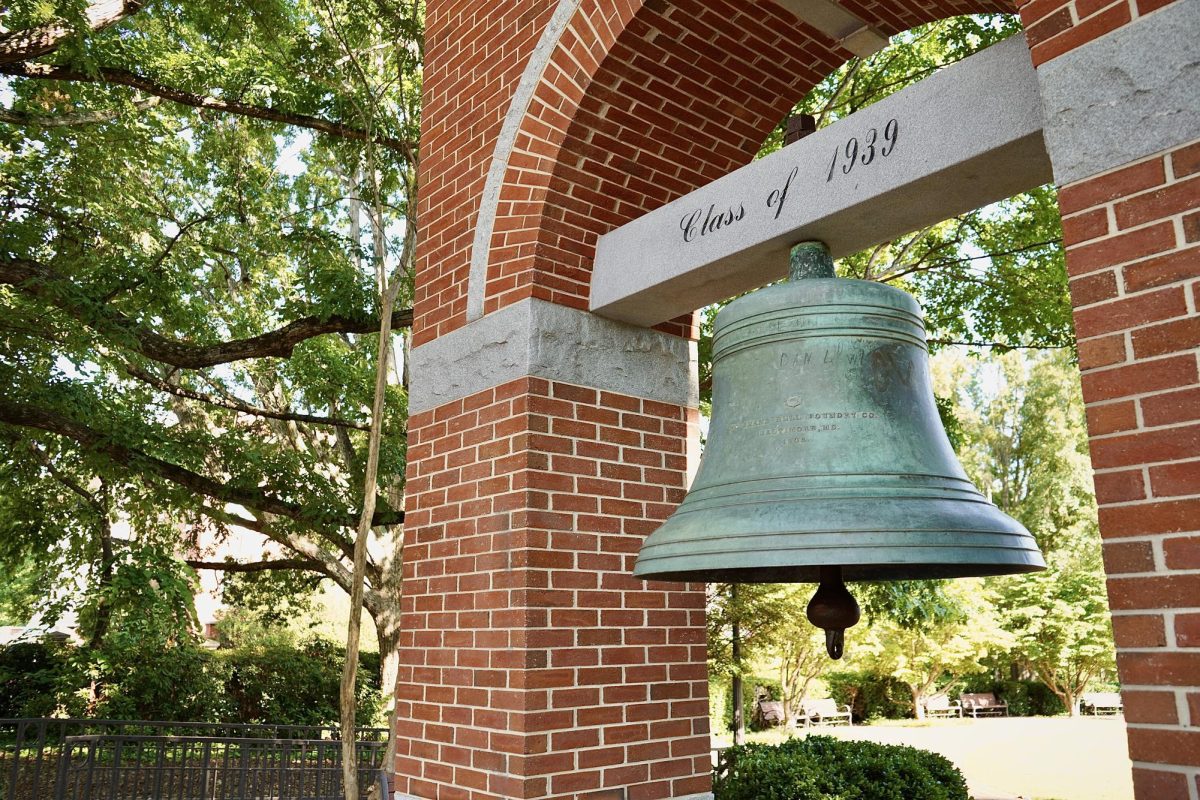The Endangered Species Act is failing at its primary job: recovering species.
In South Carolina, officials are voting on a bill to shut off public access to records that show the location of rare plants and animals across the Palmetto state, hoping to limit the dangers to threatened species.
The location of these vulnerable species is currently available to all who seek it. Still, many argue that the species’ whereabouts should not be public enough for anyone to go scouting and poach a prize.
South Carolina currently has more than 40 federally protected endangered and threatened species, according to the South Carolina Wildlife Federation. The proposed legislation would amend the South Carolina Code of Laws by adding a section that would prohibit the release of those species locations.
While the Wildlife Federation feels this bill would protect imperiled species, passing the bill will not help any species in South Carolina recover. The pending vote on this bill underscores a fundamental challenge in conservation: striking a balance between protecting vulnerable species and incentivizing conservation efforts, making many species worse off.
By limiting public access to information about the whereabouts of rare plants and animals, the proposed legislation may inadvertently create a disincentive for individuals to actively engage in conservation initiatives.
This bill is mere icing on the cake of a major issue. Rather than snipping away at minor issues, legislators should try to approach the root of the problem: The Endangered Species Act.
Congress enacted the Endangered Species Act to “provide a program for the conservation of such endangered and threatened species.” Yet, only 54 of 2,367 listed species have recovered in more than 50 years.
Once federal agencies have designated a listed species’ critical habitat, anyone can challenge a proposed development or other projects within that range. However, stopping a proposed project from occurring does not proactively increase species numbers. In effect, the ESA gives every passenger on a bus an emergency break, but no one has a steering wheel or gas pedal.
Many ESA champions celebrate the fact that 99% of listed species have not gone extinct. Jonathan Adler of the Coleman P. Burke Center for Environmental Law at Case Western Reserve University has a different outlook: Only three percent of protected species have actually recovered enough to be delisted.
He draws an analogy: Celebrating the act is like celebrating that 99% of patients admitted to the emergency room years ago still remain on life support. So why is this the case?
A study by Erich Eberhard from Columbia University’s department of ecology, evolution and environmental biology, co-authored by scholars at Princeton University, found that most species do not receive protection until their populations have significantly shrunk.
There are severe wait times from when the species is first pronounced in trouble to when it receives protection under the ESA. This makes recovery much less promising when these species are deemed threatened. So now what?
More funding is needed for the species. Not simply pumping more money into the already inflated act but properly allocating it to decrease the timeline for these species and have better-implicated reform actions.
The Endangered Species Act inadvertently incentivizes preemptive habitat destruction due to its strict regulations, which can lead landowners to remove habitats before species are listed as endangered or their presence is officially documented.
This action is driven by the fear of potential restrictions and costs associated with ESA compliance, thus encouraging landowners to eliminate the potential liability. Congress should instead create a positive financial incentive for species recovery on private lands, turning “shoot, shovel and shut up” into “if it pays, it stays.”
Since it simply highlights the Endangered Species Act, when the problem stems from the very act itself, the South Carolina bill will not be an improvement. If the ESA had properly recovered the critters, South Carolina would not have so many species listed as endangered.
When solving a problem, it is important to dig at the roots instead of just hacking at the leaves. Things may seem as though they help at the surface level, like hiding locations of endangered species, but we should be looking at the underlying issues that are causing so many species to still be on the list in the first place.
Sarah Pepe is a junior economics major from Kings Park, New York. Sarah can be reached at [email protected].










